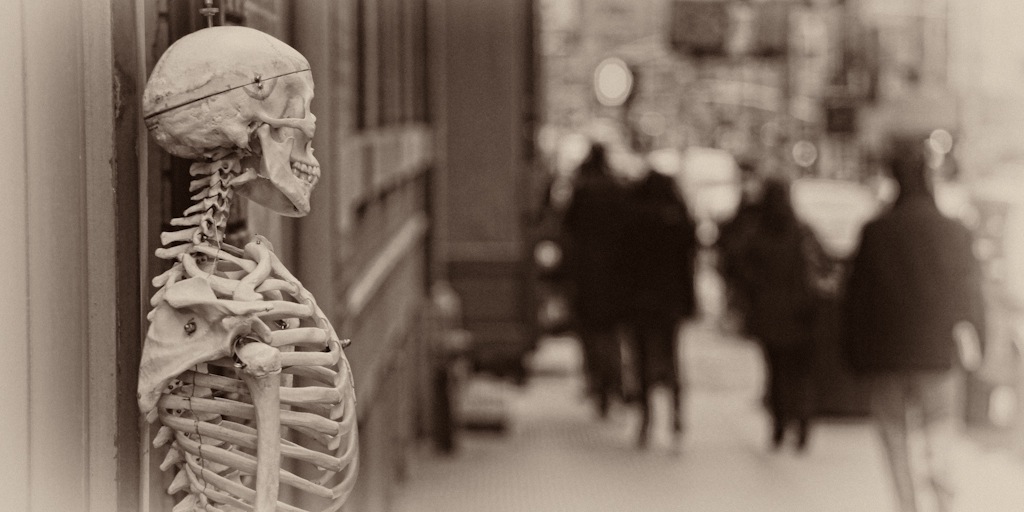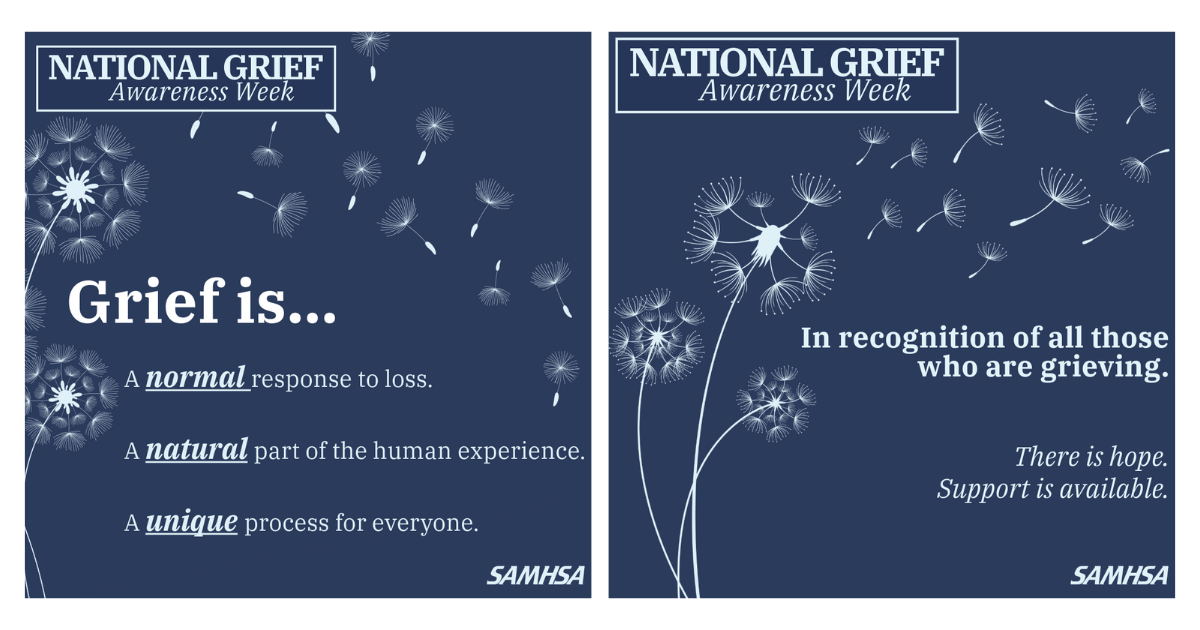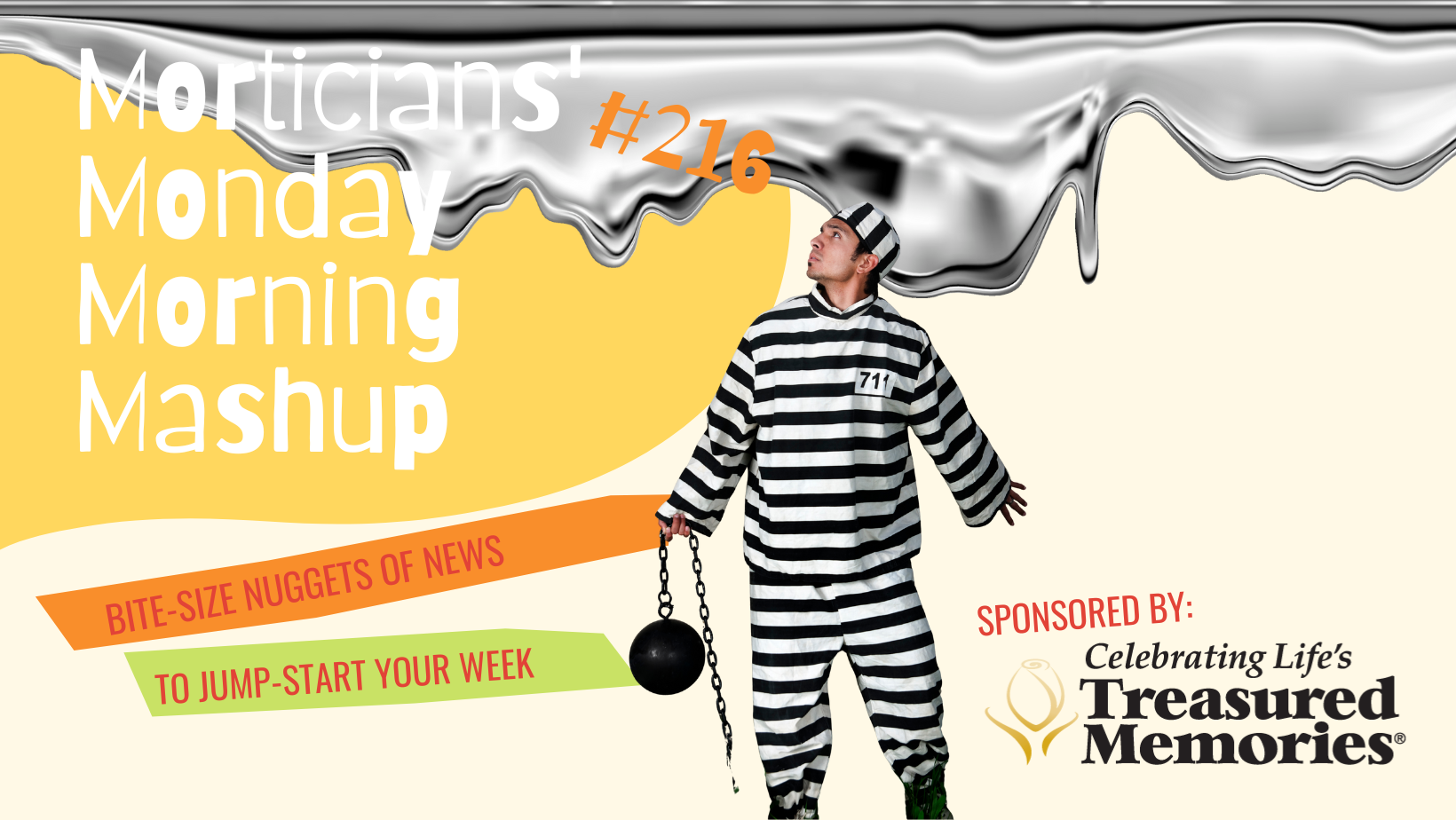Biocremation Could Bring Dead People Back to American Cities
Article originally appeared on Inverse
Urban flight is a major trend among the recently deceased, but we could turn those hearses around.
There are lots of ways to get rid of bodies — acid baths, pigs farms, public waterways — but very few legal options. For the most part, Americans really only have two: burial and cremation. People are increasingly opting for the latter, but neither process is particularly suited to an urban environment, which is a problem as urban populations swell. That’s not the whole pitch for biocremation (aka alkaline hydrolysis), a more ecologically friendly approach to waste disposal, but it may become the key selling point.
“Biocremation is an acceleration of the body to bones journey through water, chemical, temperature, and pressure,” Matthews Cremation President Steve Schaal told Inverse. “It mirrors the natural decomposition of the body much like with burial but instead of 15 to 20 years…. It’s three to four hours.”
Because biocremation uses the strong basic corrosive potassium hydrate — lye — there’s no stack or chimney. Bodies turn to bone and liquid in 350 degree Fahrenheit water and extreme pressure. The result, as Schaal puts it, “is sterile effluent which is released to water treatment.” Bone fragments are collected and are able to be buried or kept in an urn. And if flushing sterile bits of human away appears unseemly, well, you’re bled out in the normal embalming process, too.
The world over, we’re running out of grave sites; dense urban centers like New York — especially Manhattan — are particularly emblematic of this issue. As Jeff Richman told Metro in 2014, there are more than half a million people buried in Brooklyn’s Green-Wood Cemetery, which is filling up as there’s only one cemetary in Manhattan offering crypt space for sale. (Rarely does one see a hearse in New York City.) Given sensitive air quality restrictions and the challenges establishing a traditional crematory, like Manhattan, Schaal argues for biocremation rather than shipping bodies elsewhere.
There are some regulatory and cultural hurdles to biocremation, however. It’s under consideration in New York and New Jersey, and permitted by law in nine states: California, Colorado, Florida, Illinois, Kansas, Maine, Maryland, Minnesota, and Oregon. It was legal at one point in New Hampshire, but the local Catholic clergy pushed back arguing it was disrespectful to the body; in a less knee-jerk reaction, other Catholic ethicists point out it just speeds up the normal decomposition process and is, therefore, morally neutral.
But the greenest method of them all, argues groups like Green Burial Council, is just to bury unpreserved bodies in biodegradable coffins or shrouds, and let nature take its course. Trees make for much more interesting headstones, anyway.




